Introduction to Modern Cooktop Technology
The choice between induction and gas cooktops is at the heart of today’s kitchen design debate. With growing interest in energy efficiency, safety, and cooking performance, homeowners and chefs alike are rethinking traditional gas ranges and embracing newer technologies like induction.
But which is better for your kitchen?
This comprehensive guide will walk you through every major difference between induction and gas cooktops—including how they work, energy use, costs, and performance—so you can make a confident, informed decision.
How Induction Cooktops Work
Induction cooking uses electromagnetic energy to directly heat the cookware—not the cooktop surface itself. Here’s how it works:
- An electric coil beneath the glass ceramic surface generates a magnetic field.
- When a ferromagnetic pan (like stainless steel or cast iron) is placed on the surface, it completes the circuit.
- The magnetic field causes electrical currents in the pan, generating heat internally.
This technology results in lightning-fast heating, cooler cooktop surfaces, and precise temperature control.
How Gas Cooktops Work
Gas cooktops function by burning a flammable gas (natural gas or propane) to produce a flame:
- Gas flows through a valve and mixes with air in the burner.
- An igniter sparks the flame.
- The flame heats the cookware placed above it.
This method provides visual feedback, fast flame control, and broad cookware compatibility. It’s preferred by many traditional and professional chefs.
Side-by-Side Feature Comparison: Induction vs. Gas
| Feature | Induction Cooktops | Gas Cooktops |
|---|---|---|
| Heating Speed | Very fast (boils water in 90 seconds) | Moderate to fast |
| Temperature Control | Highly precise, digital settings | Manual flame adjustment |
| Energy Efficiency | ~90% efficiency | ~40–55% efficiency |
| Safety | Surface stays cool, auto shut-off | Open flame, risk of gas leaks |
| Cookware Requirements | Must be magnetic (ferrous metals) | All types of cookware |
| Installation Cost | High (requires 220V electrical outlet) | Moderate (requires gas line) |
| Maintenance | Easy (flat glass surface) | Harder (burners, grates, residue) |
| Environmental Impact | Cleaner, no emissions | Emits CO₂ and other gases |
| Lifespan | 10–15 years | 15–20 years |
Heat Efficiency and Cooking Performance
Induction cooktops are nearly twice as efficient as gas in terms of energy transfer. Since induction heats only the cookware, minimal energy is wasted. This means faster boil times and consistent pan temperatures.
Gas flames, however, lose a significant portion of heat to the air, especially in poorly ventilated kitchens. That said, some cooks prefer the dry, high heat of a gas flame for charring or wok cooking.
Temperature Control and Precision
Induction cooktops allow users to set exact temperatures using digital controls, which respond instantly. Whether you’re melting chocolate at a low setting or searing a steak, induction provides unparalleled control.
Gas cooktops offer visual feedback—you can see the flame size—but they rely on manual adjustment. There’s more room for error, and response time is slower.
Cookware Compatibility
This is one of the biggest practical differences.
Induction:
- Requires ferromagnetic cookware (e.g., cast iron, magnetic stainless steel)
- Doesn’t work with copper, glass, or aluminum unless bonded with a magnetic layer
- You can test your cookware by seeing if a magnet sticks to the bottom
Gas:
- Compatible with all types of cookware, including woks with round bottoms, clay pots, and copper pans
Safety Features and Considerations
Induction:
- Cool surface: Only the pan gets hot
- Auto shut-off if no pan is detected
- No open flame or combustible gas
- Child lock and overheat detection
Gas:
- Open flame increases risk of burns and fire
- Gas leaks can be hazardous if lines are damaged
- Requires proper ventilation to avoid buildup of CO₂ and NO₂
Energy Consumption and Utility Costs
| Metric | Induction | Gas |
|---|---|---|
| Energy Source | Electricity | Natural Gas or Propane |
| Efficiency Rating | ~90% | ~40–55% |
| Monthly Utility Costs | Depends on local electricity rate | Depends on gas availability |
| Sustainability | High (when using green energy) | Low (fossil fuel based) |
In most cases, electricity costs more per unit, but induction uses less of it due to higher efficiency.
Installation Requirements and Kitchen Setup
Induction Cooktops
- Require a dedicated 220–240V electrical outlet
- Often installed flush with countertops for a sleek, modern look
- Minimal ventilation needs, as there’s no combustion involved
- Must ensure adequate circuit capacity for high-wattage units
Gas Cooktops
- Require a natural gas line or propane tank
- Usually installed with raised grates or burners
- Ventilation is essential—either through a range hood or exhaust fan
- Outdoor cooking with gas is more feasible than with induction
In renovation scenarios, the choice might depend on existing infrastructure—adding a gas line or upgrading electrical capacity can be costly.
Cleaning and Maintenance
Induction Cooktops
- Easy to clean due to smooth, flat glass surface
- Spills don’t burn onto the surface because the cooktop itself stays cool
- Requires non-abrasive cleaners to avoid scratching
Gas Cooktops
- Require regular cleaning of burners, grates, drip pans, and knobs
- Food spills can get baked onto hot grates or burner caps
- More parts to disassemble and clean individually
If you value low-maintenance appliances, induction has the clear edge here.
Environmental Impact
The choice between induction and gas also has long-term implications for the planet:
Induction
- Runs on electricity, which can be sourced from renewables (solar, wind, hydro)
- No indoor air pollution or combustion
- Helps reduce dependence on fossil fuels
Gas
- Burns natural gas or propane, contributing to greenhouse gas emissions
- Produces CO₂, nitrogen dioxide, and other indoor air pollutants
- Linked to respiratory issues and worsened indoor air quality without proper ventilation
As cities and states move toward decarbonizing homes, induction is becoming the more future-proof and environmentally sound choice.
Upfront Costs and Long-Term Value
| Category | Induction | Gas |
|---|---|---|
| Appliance Cost | $$–$$$$ (higher for premium models) | $–$$$ (basic models widely available) |
| Installation | May require electrical upgrade | May require gas plumbing or conversion |
| Cookware Costs | May need to buy compatible pans | Existing pans typically work |
| Maintenance | Minimal (glass surface) | Higher (multiple components to clean) |
| Lifespan | 10–15 years | 15–20 years with proper maintenance |
Though induction has a higher initial cost, its efficiency, safety, and minimal maintenance offer strong long-term value, especially as energy prices and regulations evolve.
Real-World Use Cases and User Preferences
Home Cooks
- Induction appeals to health-conscious, eco-aware consumers who value safety, speed, and control.
- Gas remains popular among traditionalists and those who enjoy a more tactile cooking experience.
Professional Chefs
- Most commercial kitchens still use gas for its instant feedback, versatility, and intense heat output.
- However, some modern restaurants are moving to induction for energy efficiency and climate compliance.
Small Kitchens or Apartments
- Induction cooktops shine in compact or open-plan spaces due to their clean design and reduced heat output.
Outdoor or Emergency Cooking
- Gas is more flexible, particularly for outdoor kitchens, grilling, or during power outages.
Pros and Cons Summary: Induction vs. Gas
Induction Cooktops
Pros:
- Fastest heating and boiling times
- Precise temperature control
- Safer with cool surface and no open flame
- Easy to clean
- More energy-efficient
- Better for indoor air quality
Cons:
- Requires compatible cookware
- Higher upfront cost
- Not ideal during power outages
Gas Cooktops
Pros:
- Works with all cookware
- Great for searing, charring, and wok cooking
- More affordable models available
- No special electrical requirements
- Works during power outages
Cons:
- Less energy efficient
- Greater risk of fire or gas leaks
- More difficult to clean
- Requires good ventilation
Best Brands for Each Cooktop Type (2025 Edition)
Best Induction Cooktop Brands
| Brand | Highlight Model | Notable Features |
|---|---|---|
| Bosch | 800 Series NIT8069UC | Sleek design, auto shut-off, fast boil |
| Miele | KM7201FR | High-end performance, intuitive controls |
| Samsung | NZ36K7880UG | Flex zone, virtual flame LED, Wi-Fi enabled |
Best Gas Cooktop Brands
| Brand | Highlight Model | Notable Features |
|---|---|---|
| GE Café | CGP70362NS1 | Five burners, 20,000 BTU tri-ring burner |
| Wolf | SRT304 | Professional-grade performance, sealed burners |
| Frigidaire | FGGC3047QS | Budget-friendly, continuous grates |
FAQ: Induction vs. Gas Cooktops
1. Can I install both induction and gas in one kitchen?
Yes, some hybrid kitchens combine the two, or you can choose dual-fuel ranges for flexibility.
2. Is induction better for health and safety?
Induction is safer—no open flame, no gas leaks, and a cool surface after use.
3. Do professional chefs use induction?
Some do—especially in Europe or modern, eco-conscious restaurants. Many still prefer gas for its tactile feedback.
4. Does induction cooking affect taste or texture?
No. Both methods apply heat through the cookware—induction just does it more efficiently.
5. What’s the most energy-efficient option?
Induction is far more efficient—up to 90% of energy is used directly to heat the pan.
6. Will induction save me money in the long run?
Yes, in most cases—especially if your electricity is affordable and you’re replacing an aging gas system.
Conclusion
The debate between induction vs. gas cooktops ultimately comes down to your cooking style, kitchen setup, budget, and values.
Choose induction if you want:
- The latest technology
- Fast and precise cooking
- Safer kitchens
- Lower environmental impact
Choose gas if you prefer:
- Visual flame control
- Maximum cookware flexibility
- Outdoor or emergency cooking
- A more traditional cooking experience
Whichever path you choose, understanding the pros, cons, and real-world performance will help you get the most out of your kitchen investment.
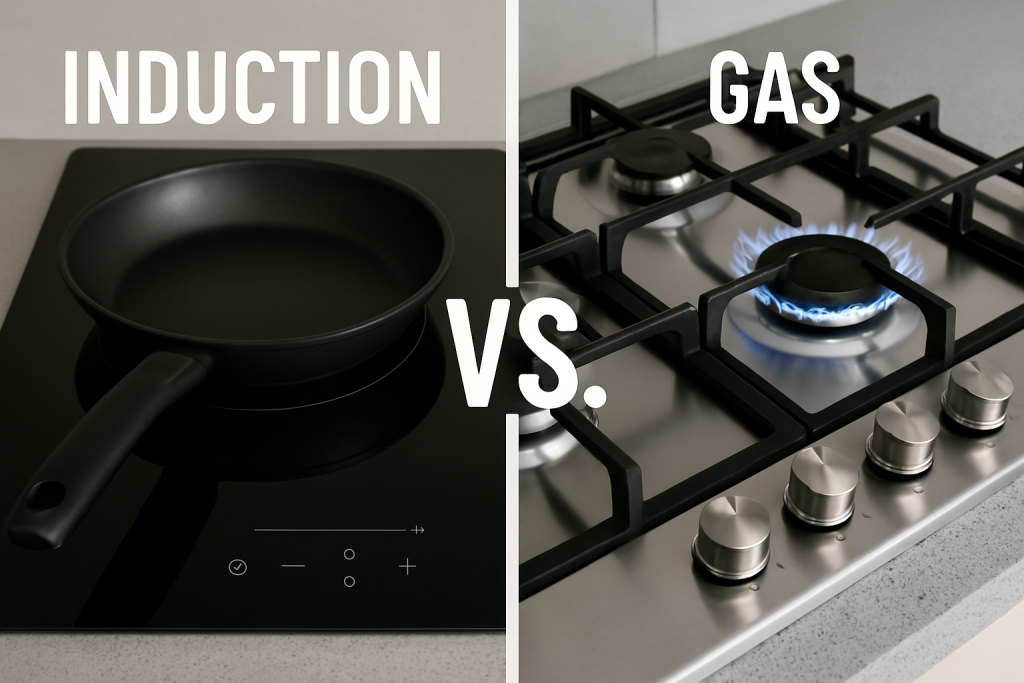

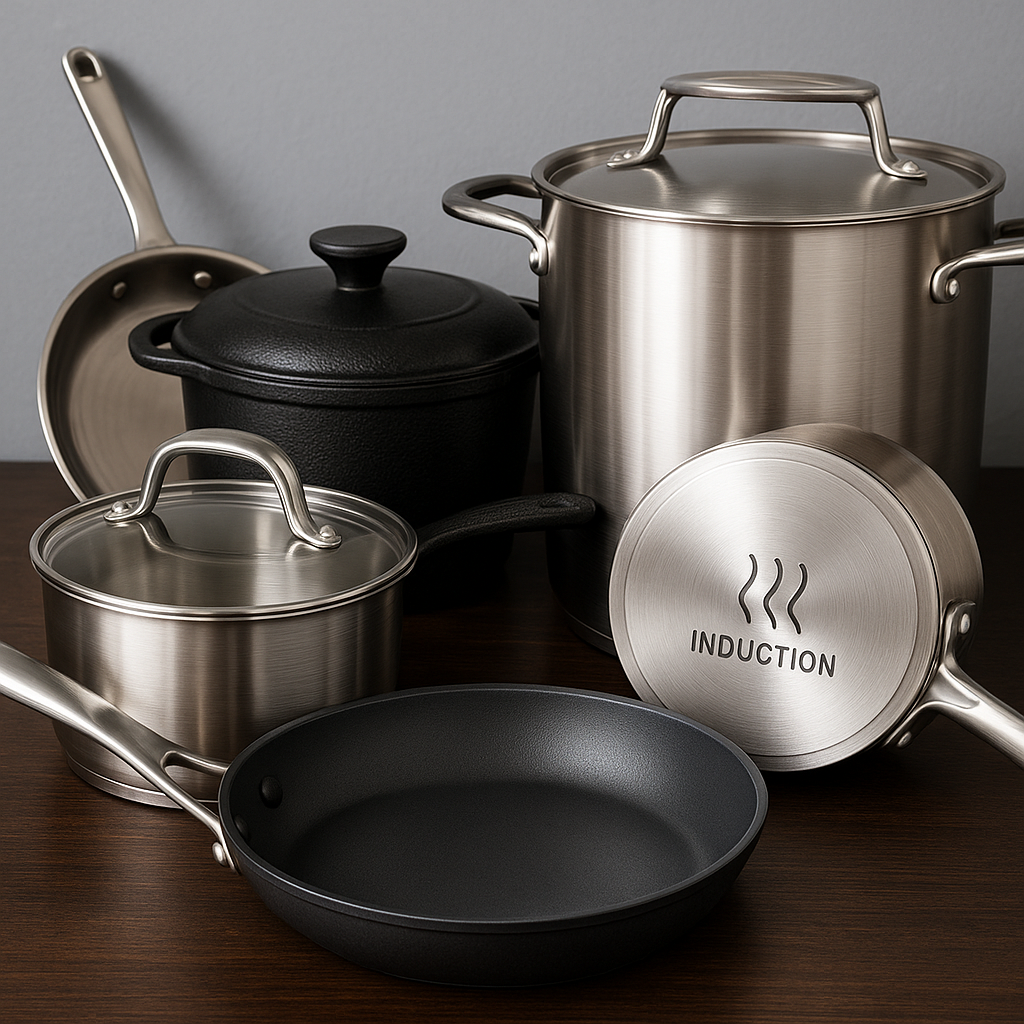
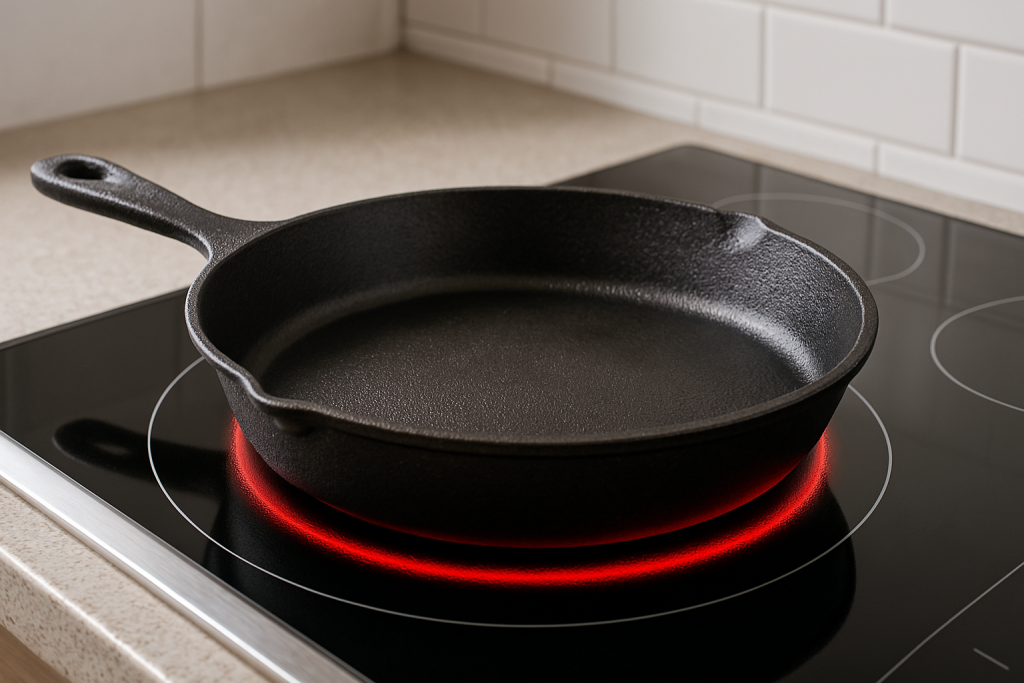
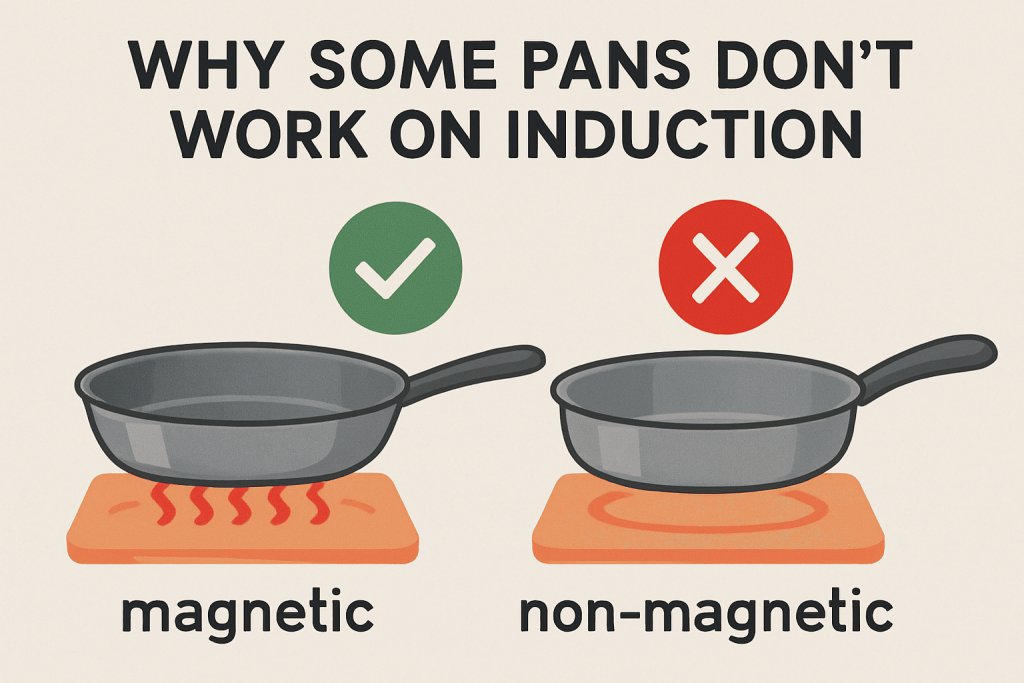
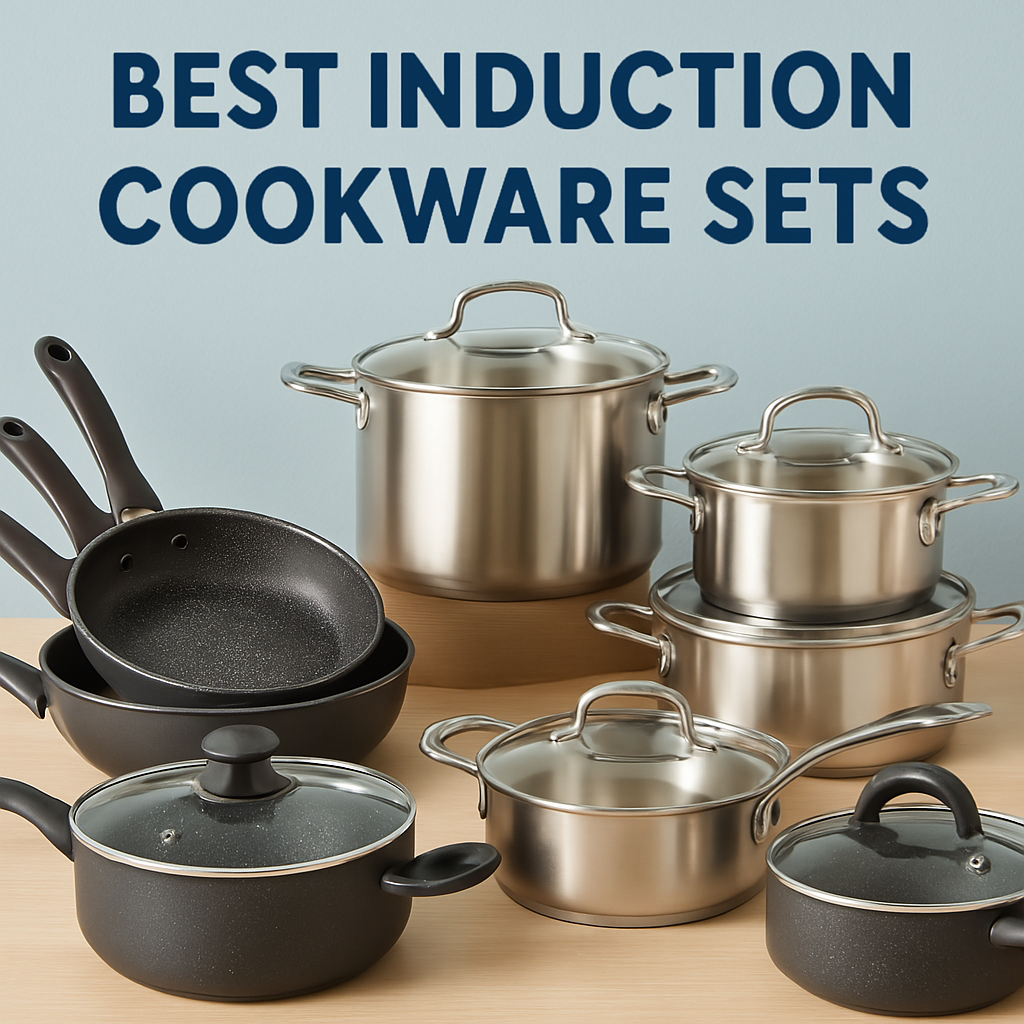
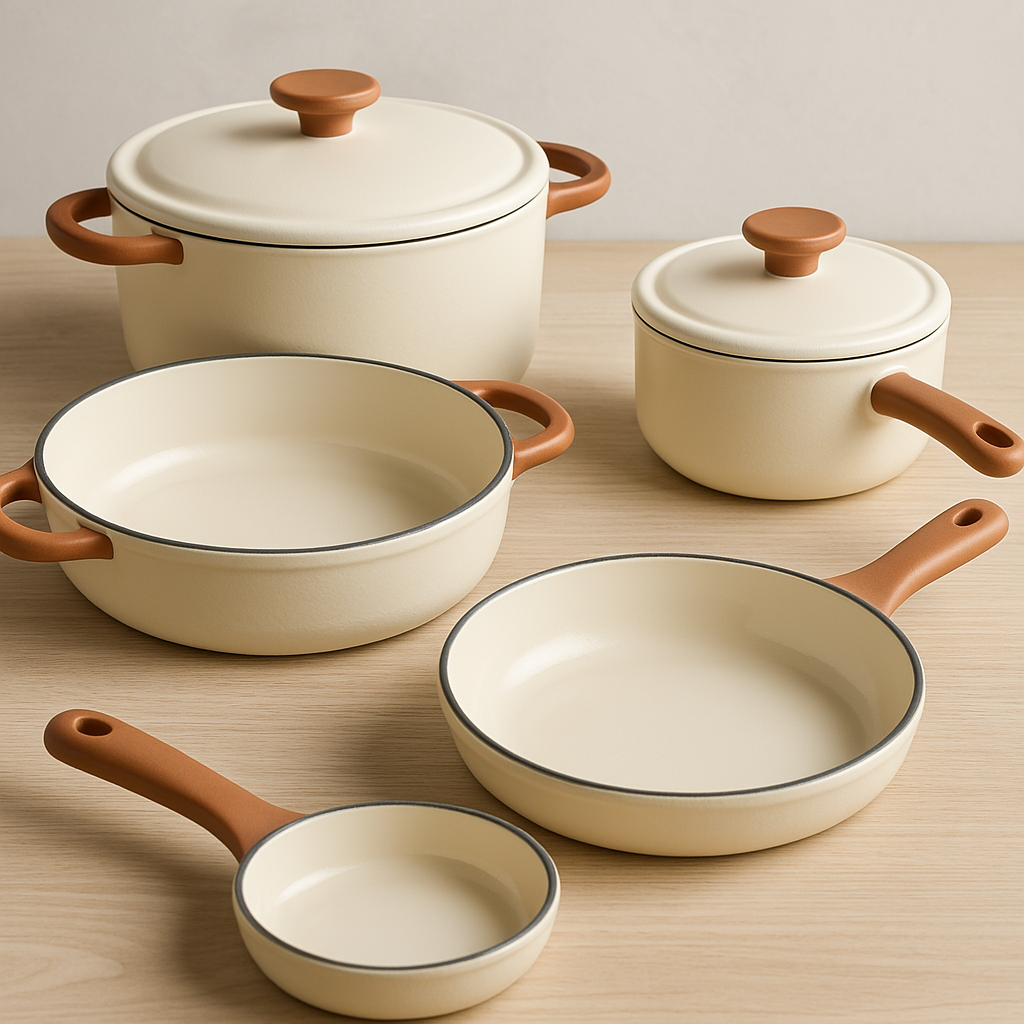
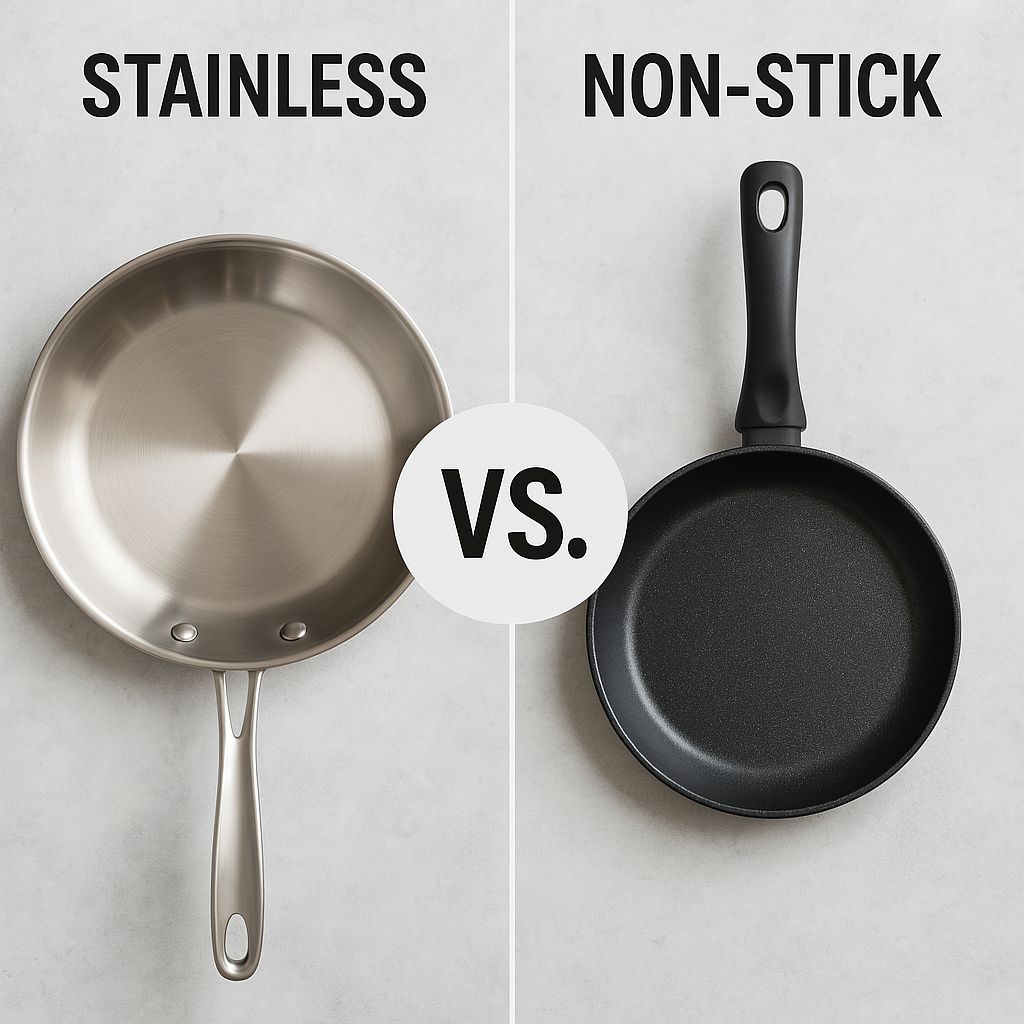
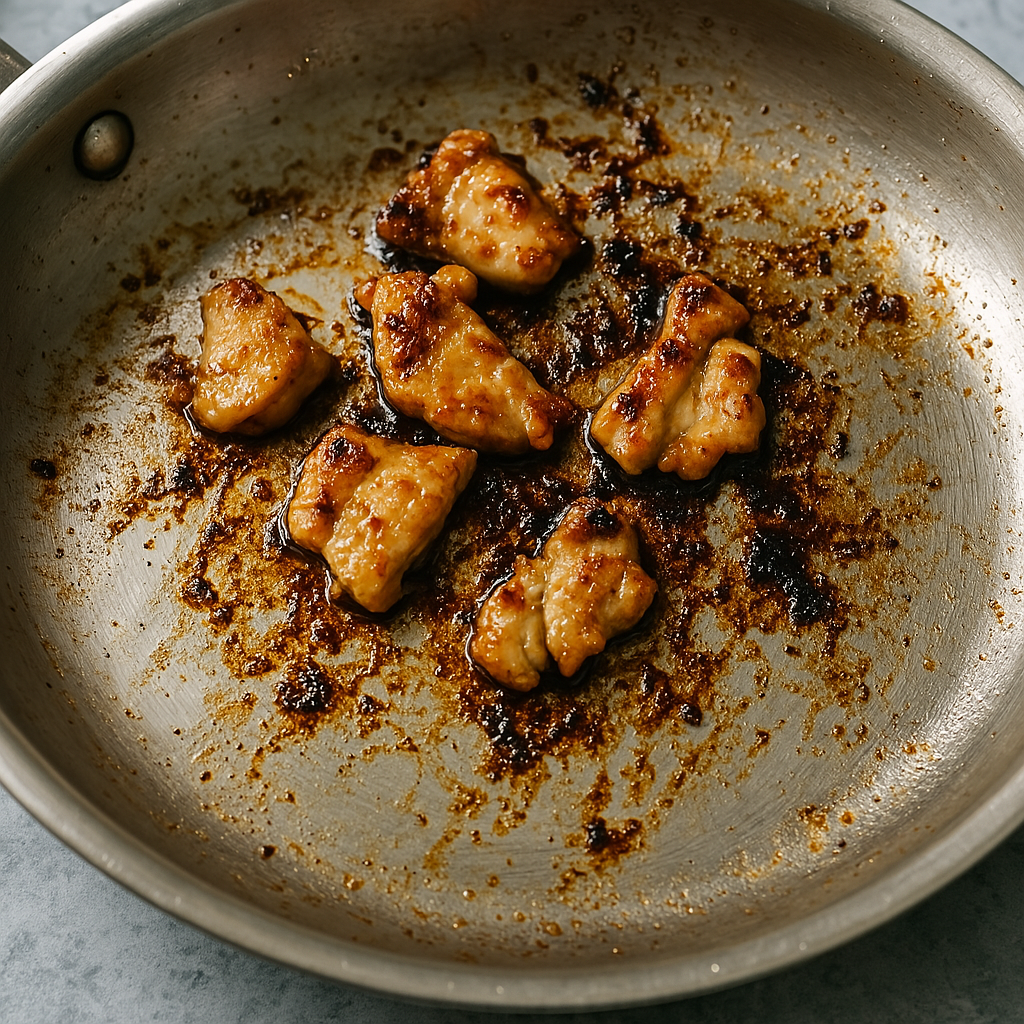
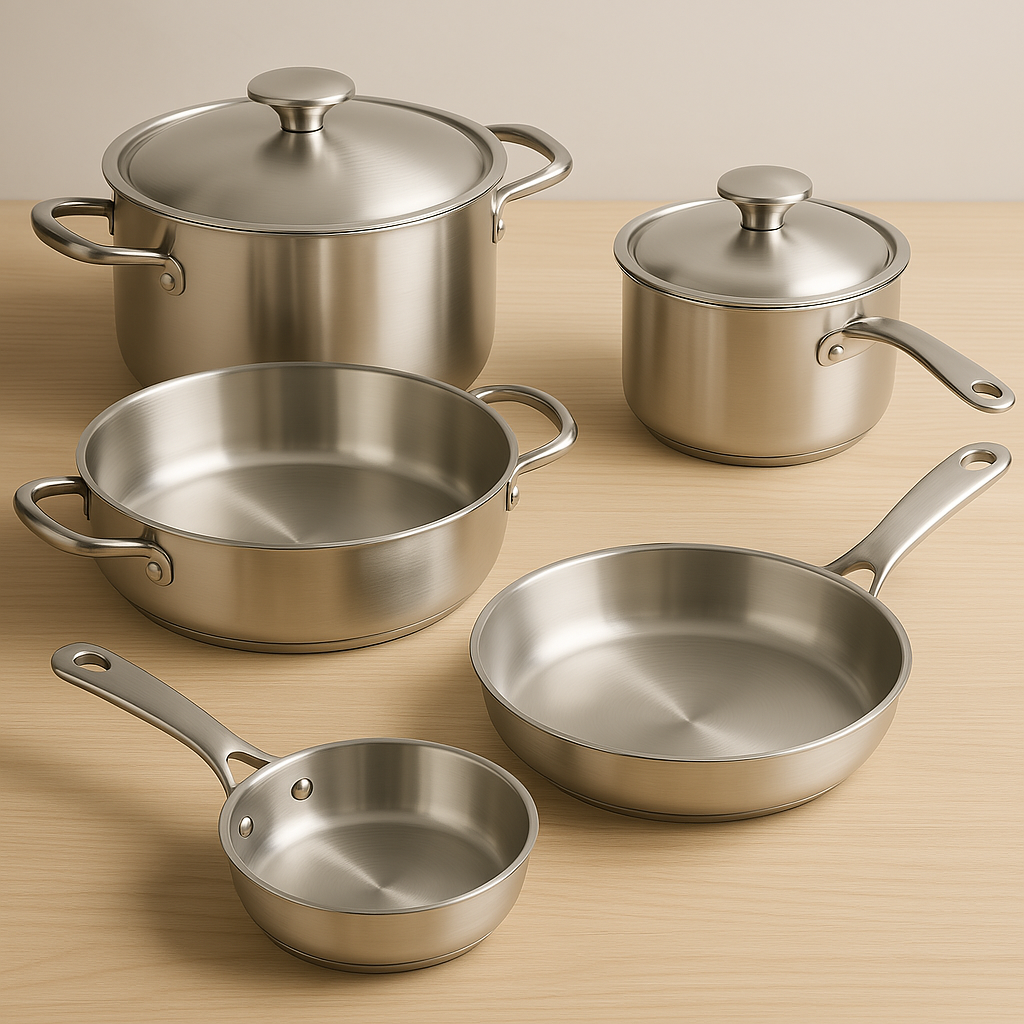
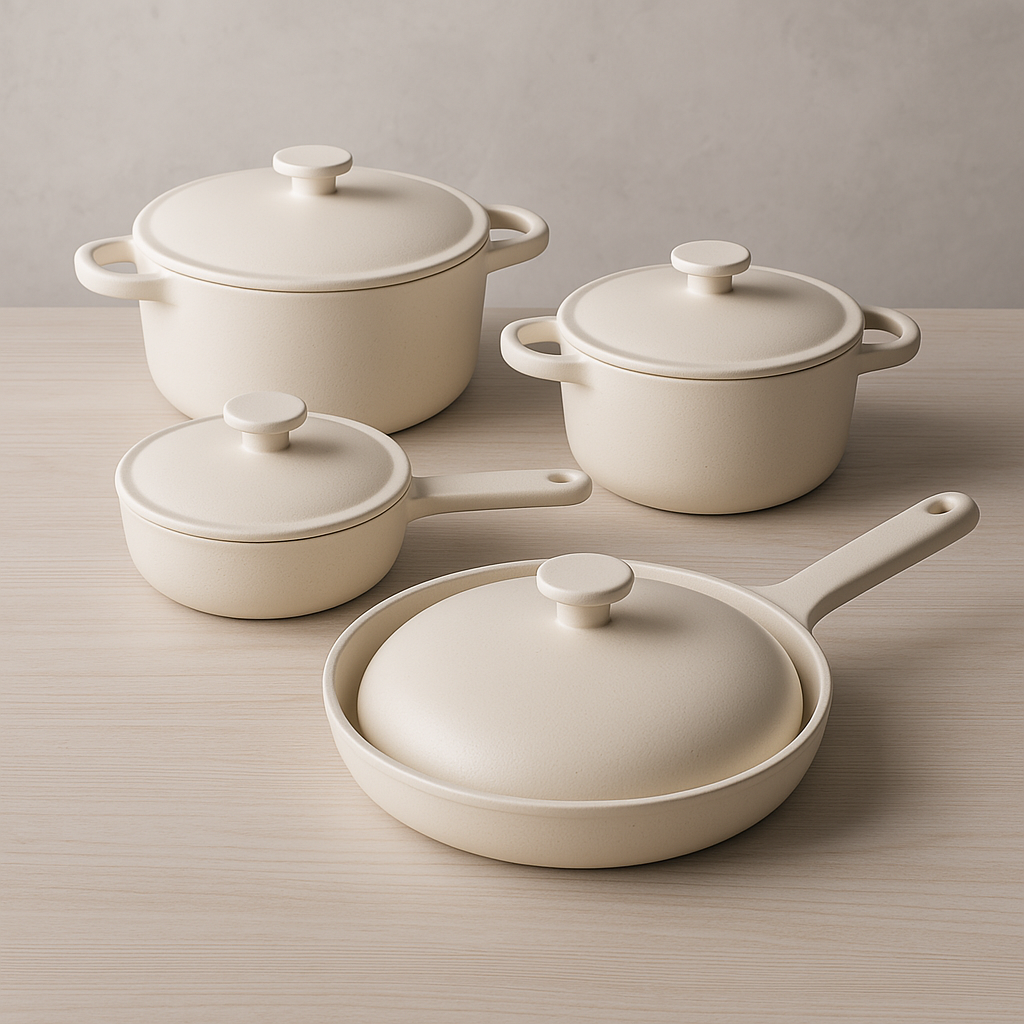
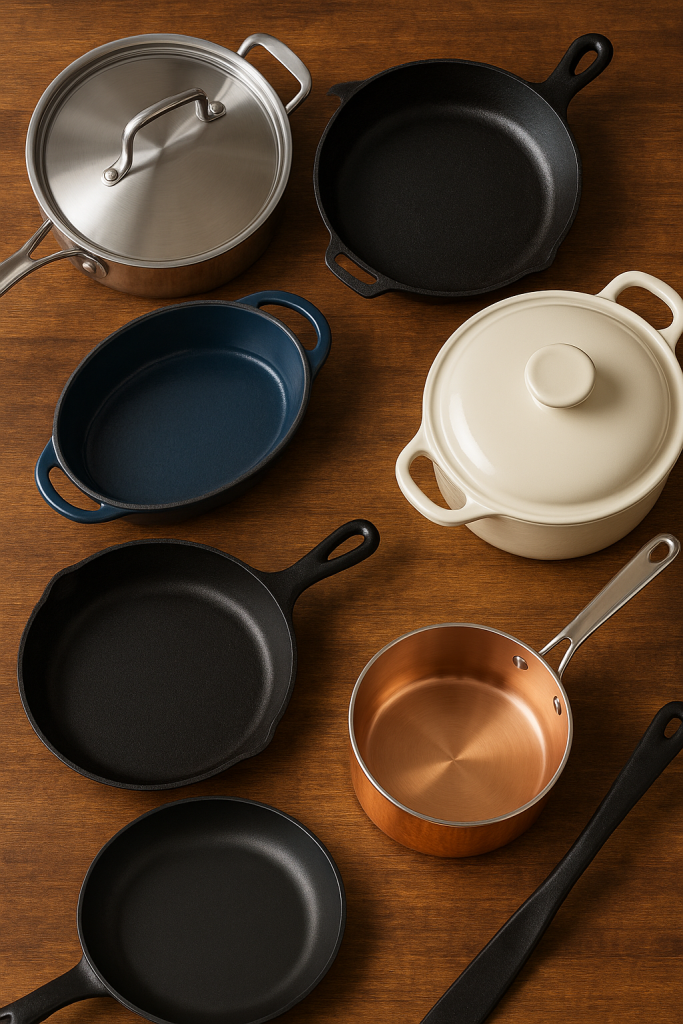
Leave a Reply